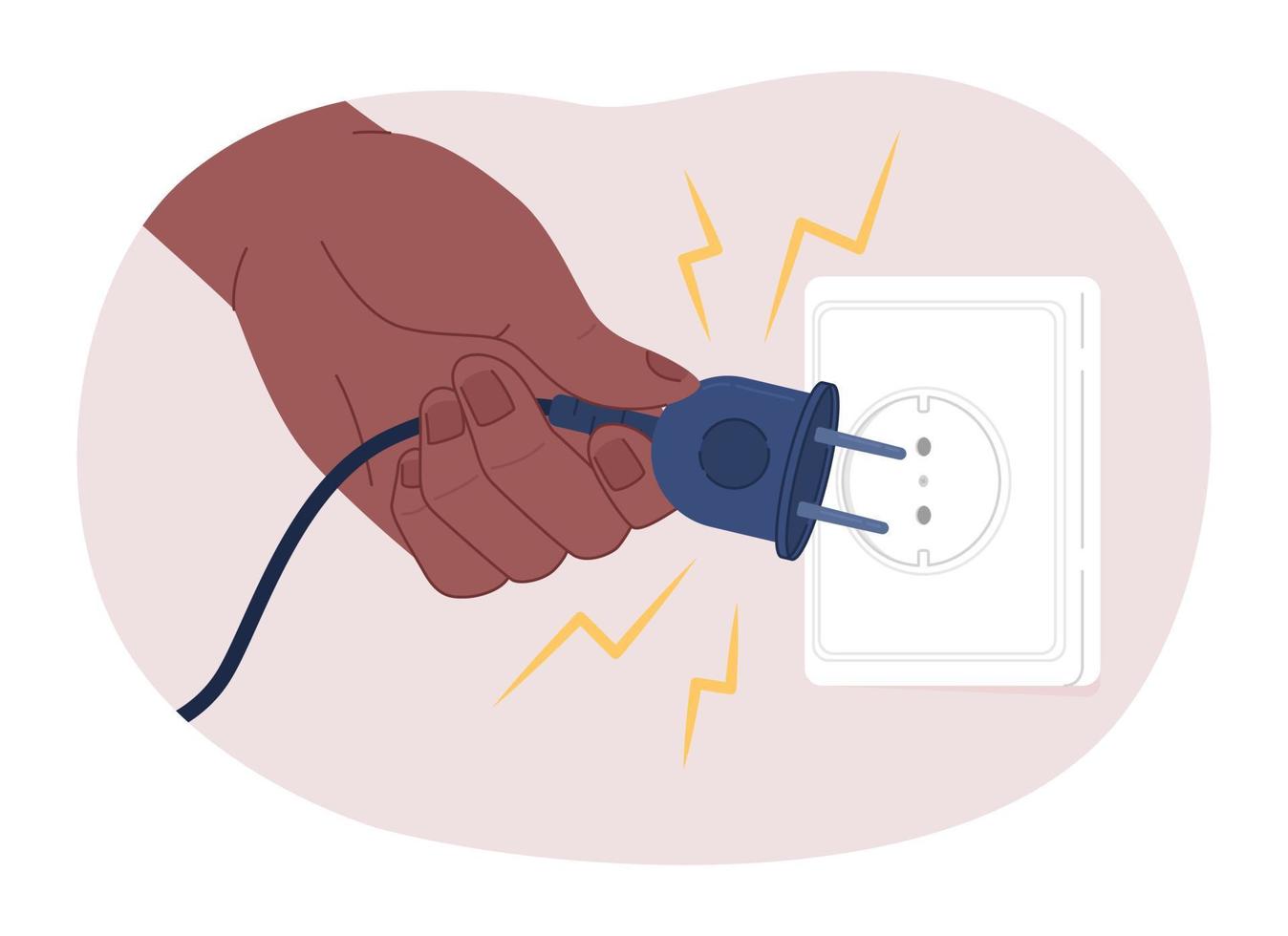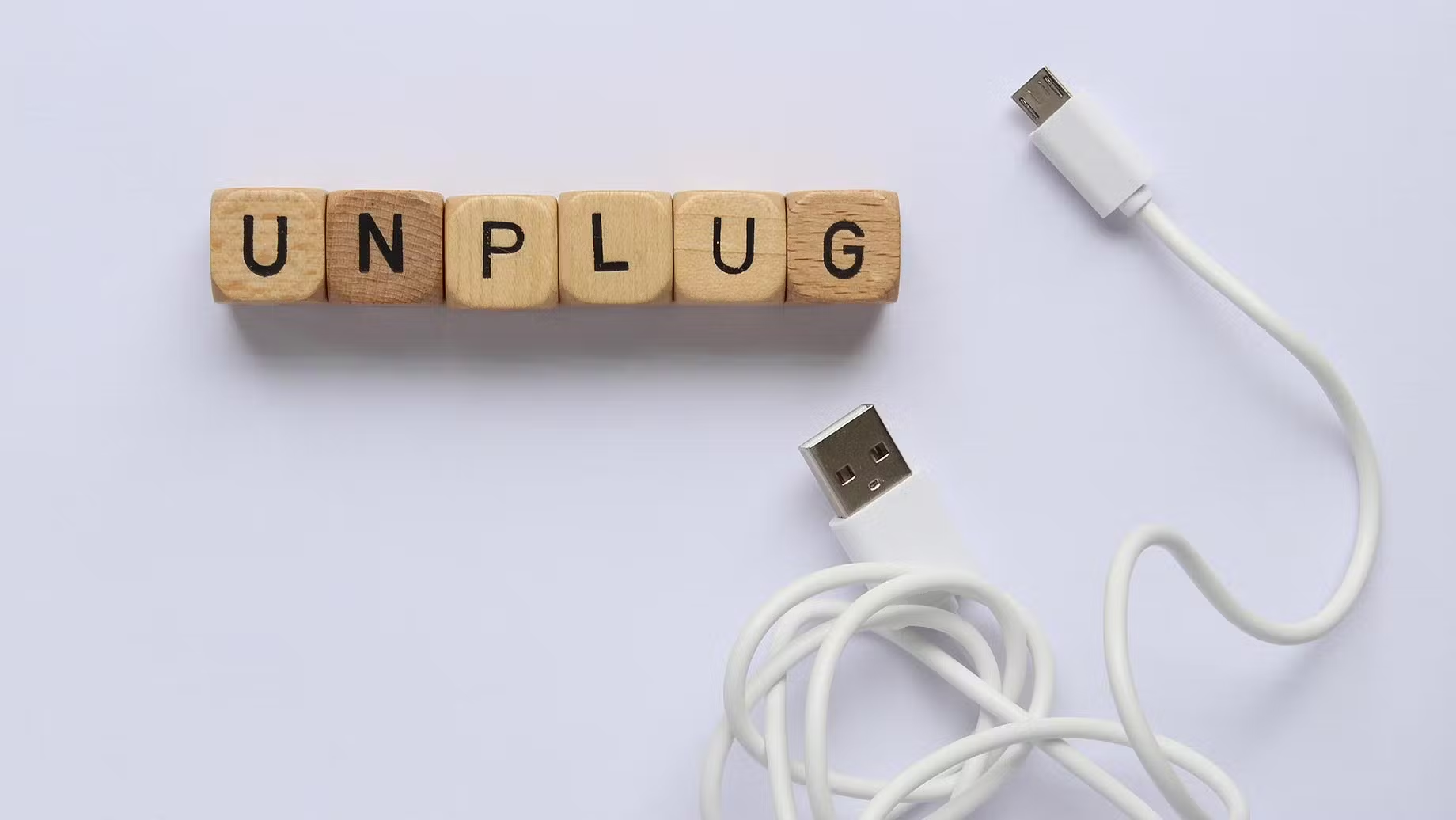
In today’s tech-driven world, our homes are filled with countless electronic devices—from kitchen appliances and entertainment systems to chargers and smart gadgets. Many of these devices make life easier, but there’s a hidden energy cost that often goes unnoticed: phantom electricity.
Phantom electricity, also known as standby power, is the electricity consumed by devices that are plugged in but not actively in use. These “energy vampires” quietly drain power around the clock, adding up to significant energy waste, higher electricity bills, and an unnecessary environmental footprint.
One of the easiest, most effective ways to reduce your household energy consumption is simply to unplug unused devices. This small change can lead to surprising savings and a greener home. Let’s explore why unplugging matters, how it helps, and easy strategies to make it part of your daily routine.

What Is Phantom Electricity and Why Should You Care?
You might be wondering: if a device is turned off, why does it still consume energy? The answer lies in how many modern electronics operate.
Many devices remain in standby mode to enable features such as:
- Instant-on functionality (think of your TV or gaming console turning on instantly)
- Maintaining clock displays and internal settings (microwaves, coffee makers)
- Powering remote controls and sensors
- Charging batteries in devices like wireless keyboards or cordless phones
Even though these devices aren’t actively being used, they still draw a small amount of power—usually between 1 to 10 watts each. This might sound negligible, but when multiplied by the number of devices in a household and over time, the cumulative energy consumption becomes significant.
How Much Energy Do Phantom Loads Consume?
According to studies by the U.S. Department of Energy and other energy organizations, devices left plugged in but not in use account for about 5-10% of residential electricity consumption. That means up to a tenth of your electricity bill could be going toward powering devices you aren’t even using.
For the average household, this can translate to anywhere from $100 to $200 annually wasted on phantom power—money that could stay in your pocket.
Beyond finances, phantom energy use contributes to higher overall electricity demand, often supplied by fossil fuels, which means unnecessary carbon emissions and environmental harm.
Small Appliances, Big Impact
Kitchen appliances like coffee makers, microwaves, blenders, and food processors are especially common culprits for phantom power consumption. They’re often plugged in 24/7 for convenience but only used a few minutes each day—or even less.
Consider this:
- A coffee maker left plugged in all day uses energy to power internal clocks and sensors.
- A microwave oven with a digital clock display runs continuously on standby power.
- Food processors or mixers with digital controls may consume electricity while idle.
While each device uses a small amount of power, the combined effect across many appliances in your home can be surprisingly large.
How Unplugging Helps: Environmental and Financial Benefits
1. Reduces Energy Consumption
Unplugging devices completely cuts their standby power use. It’s the equivalent of turning off a light bulb that’s left on unnecessarily 24/7.
2. Lowers Your Electricity Bill
By eliminating phantom loads, you can see real savings on your monthly energy bills. Those dollars saved can add up to hundreds over the course of a year.
3. Decreases Carbon Footprint
Less electricity demand means fewer fossil fuels burned at power plants, resulting in reduced greenhouse gas emissions. Even small actions like unplugging can contribute to slowing climate change.
4. Extends Appliance Lifespan
Unplugging devices reduces wear caused by constant electrical flow, which can help prolong the life of your appliances and reduce electronic waste.
Easy Ways to Reduce Phantom Power
1. Unplug Devices When Not in Use
Make a habit of unplugging small kitchen appliances and electronics when you’re done using them. This simple act can quickly become second nature with a little mindfulness.
2. Use Power Strips or Smart Plugs
Plug multiple devices into a power strip and turn off the strip when you don’t need them. Smart plugs with timers or remote controls make it even easier to cut power when devices aren’t needed.
3. Choose Energy-Efficient Devices
When replacing appliances, look for ENERGY STAR-rated products, which use less standby power and overall energy.
4. Set Reminders
If you tend to forget, set daily or weekly reminders on your phone or calendar to unplug devices. Over time, this can become a sustainable habit.
5. Educate Your Household
Get everyone involved. Teach kids and family members why unplugging matters and encourage them to help reduce phantom energy use.
A Small Step Toward a Greener Home
Unplugging unused devices is a simple, no-cost action with multiple benefits for your wallet, home, and the planet. While it might seem like a tiny habit, collectively, small changes like this can lead to significant energy savings and reduce your household’s environmental impact.
Next time you’re done with your coffee maker, microwave, or blender, remember: unplugging saves energy, money, and the environment.
Ready to Make a Change?
- Start by unplugging one or two devices today.
- Consider investing in power strips or smart plugs to streamline the process.
- Track your energy bill to see how much you save over time.
- Share your unplugging tips with friends and family to spread the impact.
